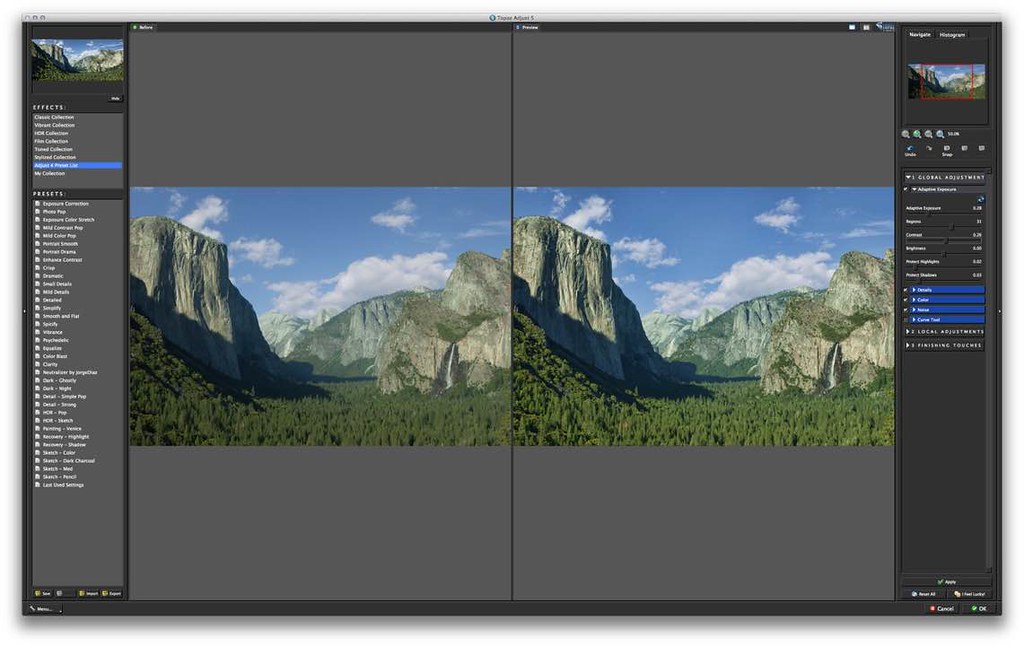

Framing the road and wire fencing as leading lines directly into the storm from a low (and wide) perspective is a go-to technique in these situations, and I think it worked fairly well here, although I wish something interesting had been in the foreground in the right.

I usually try to include some foreground element (a barn, windmill, etc.), but nothing like that was available here. So storm photographers are usually forced to work with what you have at these spots. Time is usually short and you have to choose your spot along roads or turnoffs carefully and safely (always have an escape route!). The storms are dynamic, with the details of the cloud shapes, precipitation curtains, and lighting often changing quickly. Photographically, it can be a challenge to compose everything well in these situations. In fact, a tumbleweed rudely ended my time lapse when it smashed into my tripod on its way into the storm:īeing the tanks that they are, both the K-5 and the 16-50 survived just fine, but I'm glad I had the hood on as it took the brunt of the impact (it didn't survive). That's my K-5 on my tripod, mounted low because the winds blowing into the storm were fierce. Here's a shot I took with my X-E3 showing the set up, and my Dad as a willing foreground element :) : This image is actually one of thousands taken for a time lapse of the storm as it approached. I had my Pentax K-5 with DA* 16-50 with me along with my Fujifilm X-E3/Samyang 12mm f/2 for stills. This doesn't happen very often! We decided to set up directly ahead of the storm along an unpaved road that was packed with gravel, as you don't want to get stuck in the mud around these storms. Furthermore, this one was expected to move quite slowly, a situation that greatly helps to photograph them on your terms, so I couldn't resist the opportunity.Ībout 5 pm that evening a storm indeed developed and matured in about the place and time it was predicted, and it behaved as predicted.
But this early April day in 2019 was different the uncertainty in the forecasts was unusually low and pointed to an isolated supercell forming a few hours before sunset a few hours drive from home. He got the storm chasing experience as you'll see below.įorecasting when and where these types of storms (supercells) will be, and safely getting to the right place at the right time to photograph them, can be frustratingly difficult. Making this one special is that my 80-year-old Dad came with me (willingly). This image was an exception, produced after work and without any field work obligations. I've captured many of these images while on duty and I've always adhered to our rule that these are forbidden for commercialization and personal copyright. Over that time I've attempted to capture the drama that often unfolds in the springtime skies in this part of the world, first with Pentax film cameras in the late 1990s, to a K200D, a K-5, and currently a K-70. I've been a 'storm chaser' for over 25 years now, both in my personal and work life (I work for the U.S. As a meteorologist who lives in the stormy plains of the central United States, this theme was near and dear to my heart. The Making of "Oklahoma Supercell" How the winning photo of the "Dramatic Sky" contest was made By mconwxdr in Photo Contests on Oct 4, 2022įirst off, thank you to everyone who voted for my image among this great group of entries.
#Topaz detail serial update#


 0 kommentar(er)
0 kommentar(er)
